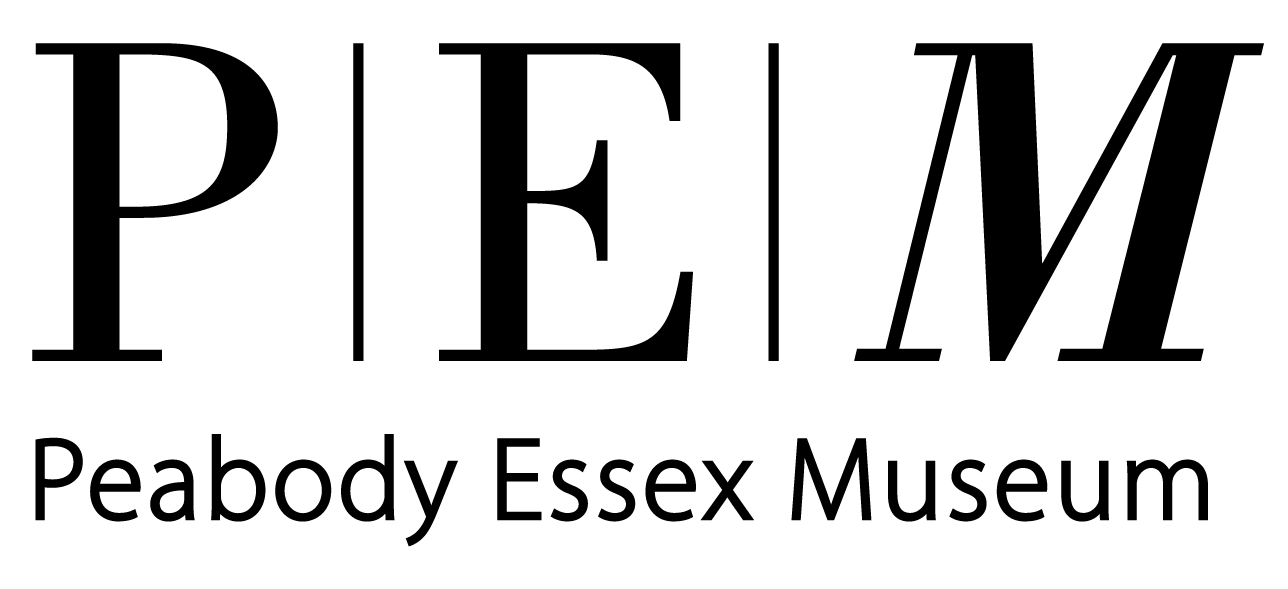This year’s finalists for the American Cinematographer Award at Salem Film Fest take viewers to a war-torn border in the Ukraine; on wild, kinetic kayak rides through the rapids of the Grand Canyon; deep into the Himalayan mountain villages of Nepal; through lyrical Irish landscapes; and into the artisanal workshops of master pipe-makers.
THE WEIGHT OF WATER, helmed by Michael Brown with cinematography by Brown and director of photography Andy Maser, follows the journey of blind kayaker Erik Weihenmayer as he navigates the churning rapids along the entire length of the Grand Canyon. Filled with scenic landscape photography and dynamic perspectives on the action, this doc presents a compelling portrait of an enthusiast determined to push personal boundaries and test his comfort zone — despite the risk to life and limb.
THE DISTANT BARKING OF DOGS, directed and shot by Simon Lereng Wilmont, brings the anxieties and horrors of war home with a visit to the Ukrainian town of Hnotove, located just one mile from the battlefront between the Ukrainian government and pro-Russian separatists. The documentary follows a 10-year-old boy, Oleg, who lives in the half-abandoned town with his elderly grandmother, Alexandra, under the constant stress of the nearby conflict. Impactful and harrowing, DOGS places us squarely in the war zone, where family ties provide the only comfort in a place that’s routinely shaken by artillery barrages. It’s a tragic look at a sad situation that grinds away at Oleg’s youthful spirit.
CHILDREN OF THE SNOW LAND, directed by Zara Balfour and Marcus Stephenson, introduces us to children who were sent to a school in Kathmandu by Himalayan families struggling through hardscrabble, impoverished circumstances. In addition to the footage captured by Balfour and Stephenson, additional camerawork was contributed by Mark Hakansson and some of the students, who were equipped with small cameras to record the long, arduous journeys they made to reunited with their parents and families for the first time in years. This personal touch lends an immediacy to the voyages that results in emotional payoffs for each child’s narrative.
FATHER THE FLAME, earns a special honorable mention for creating a truly engaging and absorbing look at a craft most will know little about: artisanal pipe-making. This doc is superbly attentive to the small, intricate details of the trade it’s spotlighting as it focuses primarily on Lee Erck, an American tobacco-pipe craftsman whose intricately hand-made pipes have become highly sought-after (and pricy) collector’s items. I don’t think I’d be out of line calling this entry the 2001: A SPACE ODYSSEY of pipe-making documentaries; it’s clearly about more than just craftsmanship, extolling the values of artisanal knowledge and how it’s passed from generation to generation, and the story builds to a triumphantly celestial climax. The makers of FATHER THE FLAME understand that a pipe is sometimes more than just a pipe, and this doc’s fascinating dissection of the process handsomely illustrates a key aspect of documentary work by delving deep into a somewhat arcane subject and making it a fully compelling learning experience for the viewer.
However, since we’re bestowing the American Cinematographer Award, I feel obliged to give the top prize to the documentary that has, in my studied view, the most lustrous and accomplished imagery: THE SILVER BRANCH. In telling the story of the Burren, an idyllic rural part of Western Ireland that’s threatened by developers, this documentary’s love of the land is conveyed through exquisite imagery captured by Katrina Costello, who also helmed the doc alongside her collaborating director, John Brown. The Irish are renowned as an especially poetic people, and Costello’s unerring eye for painterly compositions, exquisite rendering of natural light and tremendously artful approach to the subject matter transform THE SILVER BRANCH into a meditative, deeply contemplative tone poem that extols not only the beauty of natural landscapes, but their life- and soul-enhancing nourishments. It’s a wistful and deeply felt documentary, and richly deserving of the top honor.
Stephen Pizzello
Editor-in-Chief and Publisher
American Cinematographer magazine








